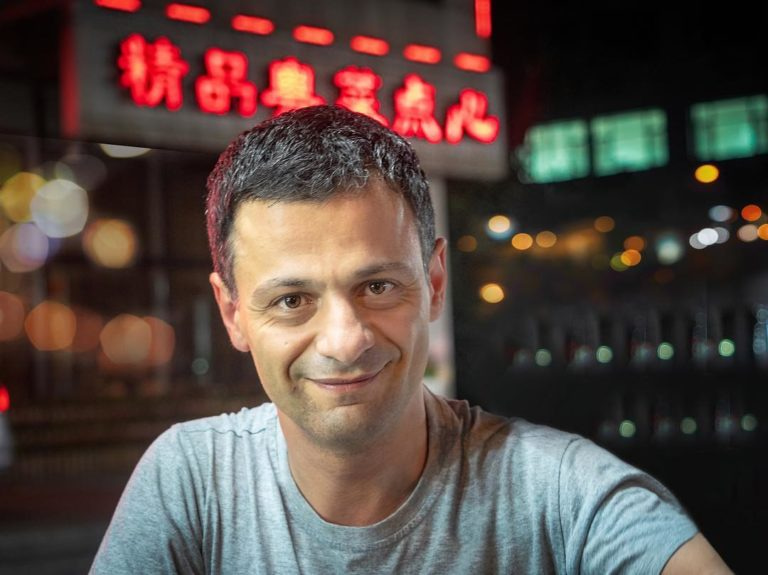Rivalry, crystal structure prediction and discovery of new materials
Published in Physics
 The story of our review started in 2006 when my group and the duo of Chris Pickard and Richard Needs published papers that changed the view of the scientific community in an important way. Prior to this, it was widely believed that crystal structures are, in general, not predictable: the number of possible structures is just way too large, and going through all of them is impossible. Our works showed that this problem can be handled, and this opens a way for computational materials discovery. I developed an evolutionary approach, while Pickard and Needs used random sampling. Within a few years we found ourselves in an increasingly intense competition which drove us to develop our methods and explore new applications for them, which, of course, is good for science.
The story of our review started in 2006 when my group and the duo of Chris Pickard and Richard Needs published papers that changed the view of the scientific community in an important way. Prior to this, it was widely believed that crystal structures are, in general, not predictable: the number of possible structures is just way too large, and going through all of them is impossible. Our works showed that this problem can be handled, and this opens a way for computational materials discovery. I developed an evolutionary approach, while Pickard and Needs used random sampling. Within a few years we found ourselves in an increasingly intense competition which drove us to develop our methods and explore new applications for them, which, of course, is good for science.
At some point it became clear that if the intensity of this competition was allowed to develop further it could slip into bitterness, and potentially outright hostility. Did I need to win such a fight, if it brought me nothing positive in the end? The question was how to change this. I knew two things: first, that every problem has a solution. Second, I knew that with the right approach every problem can be turned into an advantage. At some point Qiang Zhu, my former PhD student and now Assistant Professor, found a brilliant solution: to write together a review. First, we felt that the community really needed such a review of many years of hard work, now not just of two groups, but also of many others who joined this field later. Second, writing a review with your rivals makes the review actually better: reviews have to be balanced, and rivals are the best people for ensuring this balance! Third, working on something together helps to build bridges. So, with this in mind, after a thorough discussion with Qiang Zhu, Chris Pickard and Richard Needs, I talked to Giulia Pacchioni, an editor at Nature Reviews Materials, and convinced her that we could write something important for the community.
We began working on the review from a position of low trust. We had countless debates, and the writing initially went very slowly. This delay risked us losing the invitation. However, the editors were very patient and encouraging. However, the editors were very patient and encouraging. The first skeleton, basically, a set of bullet points, was sketched by Richard Needs, and then each of us expanded these points, transforming them into a more or less coherent text (I think I took the most bullet points, Chris Pickard took many as well). We tried different ways of co-writing, experimenting with Google-docs and Overleaf, but there was not one technical solution that everyone liked, so eventually we just created our own versions of the review and let Qiang Zhu merge and edit them all. Much later he told me that he quietly cut a lot of text which had a potential for igniting arguments; funny that at the time no one noticed this, which I guess shows that our differences of opinion are actually of little importance. Once we had a complete draft, everyone started editing the text written by everyone else. By the end of this process we were all on the same wavelength. After submission we had one round of peer review and quite a bit of proofreading, mostly handled by me. The end result is one we can be proud of: a nice review of a field that we were fortunate to catalyze. But also a human victory. Rivals becoming friends and gaining a shared understanding is so much more important than winning a competition.
Artem Oganov
Center for Energy Science and Technology
Skolkovo Institute of Science and Technology, Moscow, Russia.




Please sign in or register for FREE
If you are a registered user on Research Communities by Springer Nature, please sign in